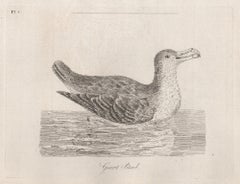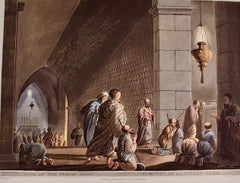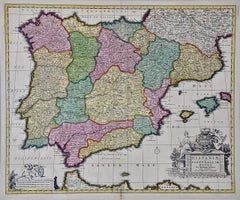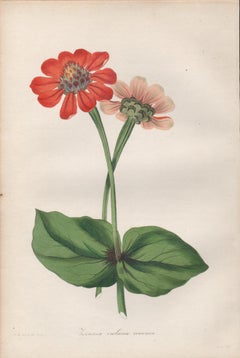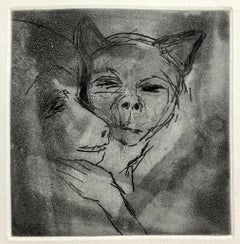Engraving More Prints
Late 18th Century Naturalistic Engraving More Prints
Engraving
Mid-19th Century Naturalistic Engraving More Prints
Engraving
Early 19th Century Engraving More Prints
Engraving
Late 17th Century Other Art Style Engraving More Prints
Engraving
Mid-19th Century Naturalistic Engraving More Prints
Engraving
1990s Pop Art Engraving More Prints
Drypoint, Etching
Mid-19th Century Naturalistic Engraving More Prints
Engraving
Mid-19th Century Naturalistic Engraving More Prints
Engraving
Mid-19th Century Naturalistic Engraving More Prints
Engraving
Mid-19th Century Naturalistic Engraving More Prints
Engraving
Mid-18th Century Old Masters Engraving More Prints
Engraving
Late 18th Century Naturalistic Engraving More Prints
Engraving
Early 19th Century Naturalistic Engraving More Prints
Engraving
Mid-19th Century Naturalistic Engraving More Prints
Engraving
Mid-19th Century Naturalistic Engraving More Prints
Engraving
1840s Naturalistic Engraving More Prints
Engraving
Late 18th Century Naturalistic Engraving More Prints
Engraving
1690s Engraving More Prints
Engraving
Mid-19th Century Romantic Engraving More Prints
Engraving
Early 19th Century Victorian Engraving More Prints
Engraving
Late 18th Century Victorian Engraving More Prints
Engraving
Late 18th Century Naturalistic Engraving More Prints
Engraving
2010s Contemporary Engraving More Prints
Drypoint, Etching
Early 19th Century Naturalistic Engraving More Prints
Engraving
Early 1600s Old Masters Engraving More Prints
Engraving
Early 20th Century American Realist Engraving More Prints
Drypoint
16th Century Old Masters Engraving More Prints
Engraving
Late 18th Century Victorian Engraving More Prints
Engraving
Late 18th Century Victorian Engraving More Prints
Engraving
18th Century Engraving More Prints
Watercolor, Mezzotint
1760s Old Masters Engraving More Prints
Engraving
1740s Other Art Style Engraving More Prints
Mezzotint
Early 19th Century Naturalistic Engraving More Prints
Engraving, Aquatint
1930s American Realist Engraving More Prints
Drypoint
1690s Engraving More Prints
Engraving
1960s Modern Engraving More Prints
Drypoint, Etching
1780s Realist Engraving More Prints
Engraving
18th Century Other Art Style Engraving More Prints
Engraving
2010s Contemporary Engraving More Prints
Drypoint, Etching
1970s Modern Engraving More Prints
Drypoint, Etching
1970s Surrealist Engraving More Prints
Drypoint, Etching
2010s Contemporary Engraving More Prints
Drypoint, Etching
1970s Engraving More Prints
Mezzotint
1970s Surrealist Engraving More Prints
Etching, Drypoint
1730s Baroque Engraving More Prints
Watercolor, Laid Paper, Engraving, Intaglio
21st Century and Contemporary Modern Engraving More Prints
Engraving, Drypoint
1990s Contemporary Engraving More Prints
Drypoint, Paper, Aquatint
18th Century Engraving More Prints
Watercolor, Mezzotint
1970s Surrealist Engraving More Prints
Drypoint, Etching
18th Century Engraving More Prints
Watercolor, Mezzotint
1840s Engraving More Prints
Engraving
18th Century Engraving More Prints
Watercolor, Mezzotint
1770s Engraving More Prints
Engraving
1770s Engraving More Prints
Engraving
18th Century Engraving More Prints
Watercolor, Mezzotint
Mid-18th Century Old Masters Engraving More Prints
Engraving
1790s Victorian Engraving More Prints
Engraving
1970s Contemporary Engraving More Prints
Printer's Ink, Archival Paper, Engraving, Etching, Aquatint
1920s American Impressionist Engraving More Prints
Drypoint
Late 18th Century French School Engraving More Prints
Engraving, Etching, Intaglio
